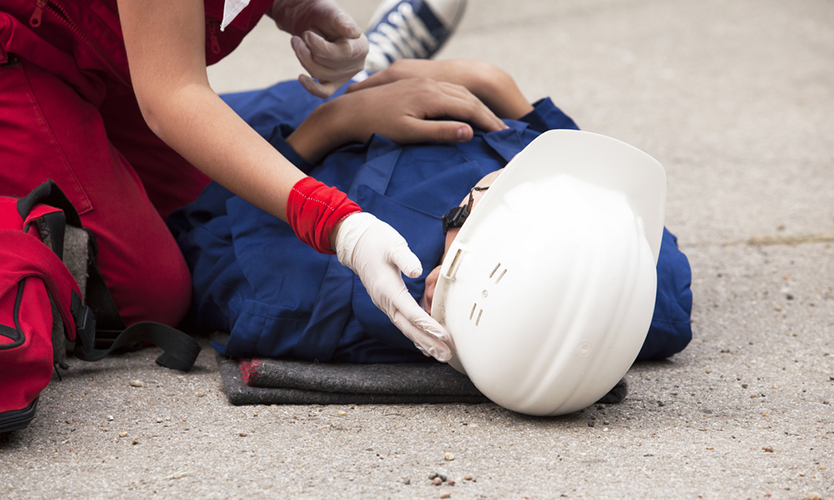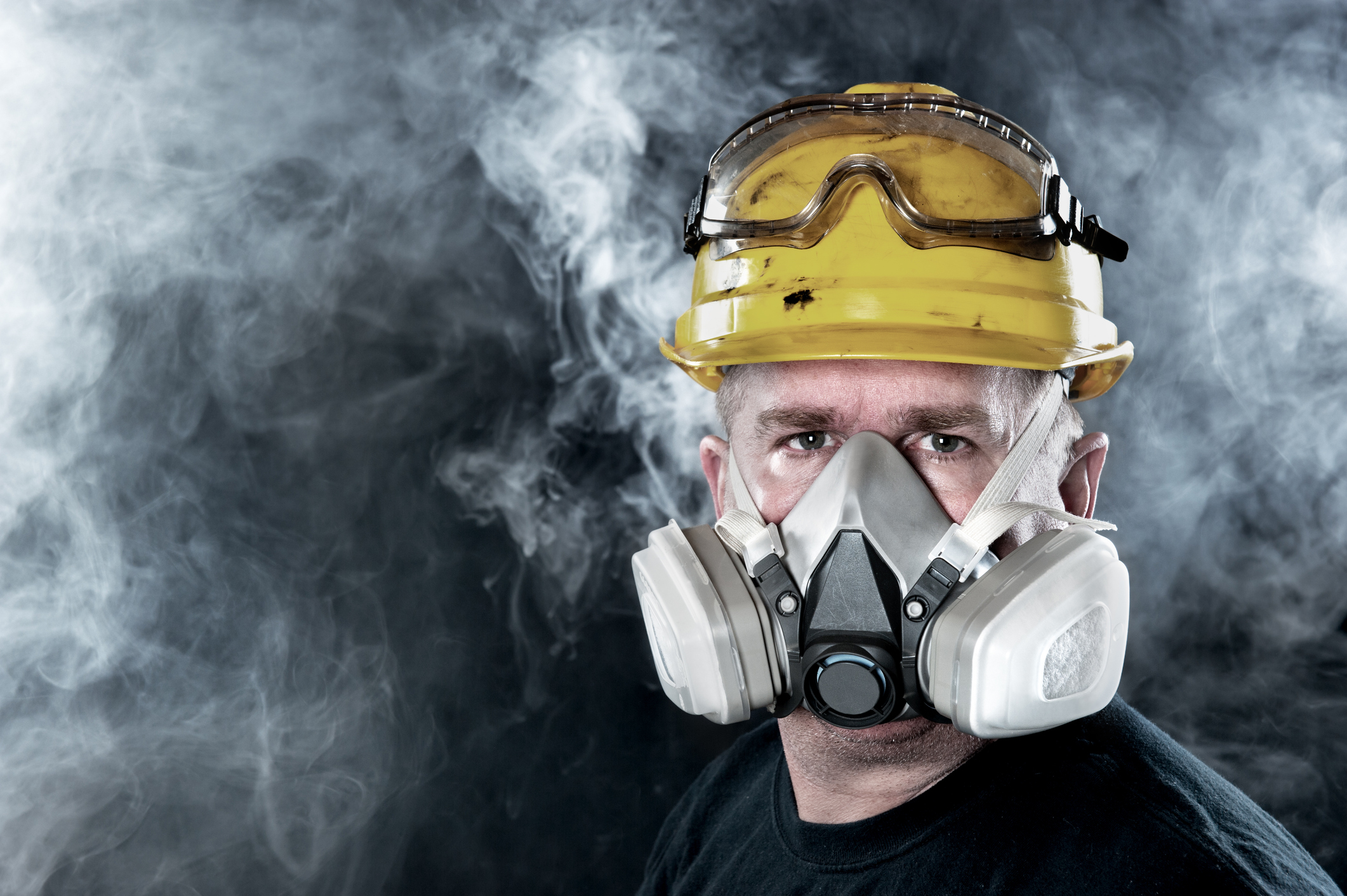Complacency: The Silent Killer

With violent crime, quite often you hear yelling and screaming before the gun shots. In the movies, the music changes, but with complacency there’s usually no warning, nobody’s worried about anything, and then “wham”— somebody’s dead—every day, thousands (and thousands) of times a day, all over the world. When you add it all up, complacency contributes to more unintentional deaths than anything else—especially when you combine it with rushing, frustration or fatigue.
How do people get so complacent that they don’t look for transport trucks or that they fall asleep at the wheel? Why do people get so complacent that they don’t even think about the risk anymore? (When was the last time you “worried” about your safety as you got behind the wheel?) How do people get complacent enough that they will do something that they know contributes to making a “mind not on task” error, like texting while driving? Or to not use a safety device like a fall arrest harness that reduces the risk if they do happen to make an error with balance, traction or grip? And finally, since it happens to all of us—we all do get complacent—what can we do to fight it?
Complacency and “Mind Not on Task”
As mentioned above, complacency causes many problems, but the biggest or the worst is that it leads to “mind not on task.” Once the fear is no longer pre-occupying, your mind can wander. And when you’re thinking about something else, other than what you’re doing at the moment, your most important asset—your star player—is sitting on the bench. Think about all of the times you’ve been hurt (not including sports). Can you even think of one time in your life when you’ve been hurt when you were thinking about what you were doing and the risk of what you were doing at the exact instant when you got hurt? Note: If you’re like most people, you can’t even think of one—let alone ten. And yet we’ve all been hurt thousands of times if you count all of the cuts, burns, bruises and scrapes we’ve had.
So, as mentioned before, your mind is indeed your most important safety “device”. But here’s the catch: we don’t always need to be thinking about what we’re doing—from a risk perspective—in order to do many things (like drive) without getting hurt. We can all do lots of things on auto-pilot. So the first thing people need to do is recognize or accept that their mind will wander if they’ve done the same thing many times before. It’s going to happen. It happens to everybody. It doesn’t make you a bad person—just a dead one, or a disabled one or a lucky one… But it’s not hopeless. There are techniques you can use to fight complacency, and there are techniques you can use to compensate for complacency leading to mind not on task—and mind not on task leading to line-of-fire or balance, traction or grip errors. They don’t require expensive equipment or yellow and black hashmarks. But they do take a bit of personal effort. And finally, besides teaching people these techniques, we also have to teach them to develop a deep level of respect for complacency and what it can do so that it doesn’t start creeping in to their decision making as well.
Critical Error Reduction Techniques
Although everyone does get complacent with things they have done over and over, it’s not hopeless, because if you’re not thinking about what you’re doing, your behavior will be what it normally is.
And it will only change if you make a conscious effort to change it. So we need to get people (including ourselves) to work on their safetyrelated habits: like moving your eyes before you move your hands, feet, body or car; testing your footing or grip before you commit your weight to it; looking at your “second foot” as you step over a cord or something that you could trip on (it’s usually the second foot—that you’re not paying attention to—that gets caught or hung up); looking twice when the sun is in your eyes to make sure you didn’t miss something (the sun does play tricks on you); lightly touching something before you grab it—if it might be hot (I learned this one at a steel mill); and finally—sadly in the case of the mountain biker—habitually looking for line-of-fire or what might be coming at you at blind intersections (or where bike trails through the woods exit onto a side road). Because, if you don’t see what might be coming at you, it could easily be the last mistake you’ll ever make…
Of course it takes a bit of effort to develop new habits or to change old ones, but the real bonus is that once you do—you will do it automatically. It won’t take any effort after that. And then you won’t have to worry nearly as much about complacency leading to mind not on task and mind not on task leading to other critical errors like lineof- fire and a loss of balance, traction or grip. However, even though improving your safety-related habits will help to compensate for your mind going off task, it would also be good if we had a way of helping people “pull their mind back into the ballgame” or to bring them back to the moment. This is because your habits and reflexes alone don’t give you the ability to anticipate a dangerous situation and then take yourself completely out of harm’s way. That you need your mind for.
However, if you watch other people for “state to error” risk patterns, every time you see one, it will automatically make you think more about what you’re doing. And, if what you see is sensational enough, you’ll do more than think about it— you’ll actually react to it. For instance, instead of just driving on auto-pilot you look around a bit more. As you do, you notice the driver beside you trying folder while talking to someone on the phone…
Chances are you’re going to either speed up or slow down or move over another lane to get out of the way.
But if you didn’t look or you don’t get in the habit of looking, then you wouldn’t necessarily take yourself out of the line-of-fire.
So, working on your safety-related habits helps to compensate for complacency leading to mind not on task, and looking at others for state to error risk patterns helps to pull your mind back into the ballgame and make you think about the risk of what you’re doing at the moment.
Blog Posts
Latest Posts
Related Posts




